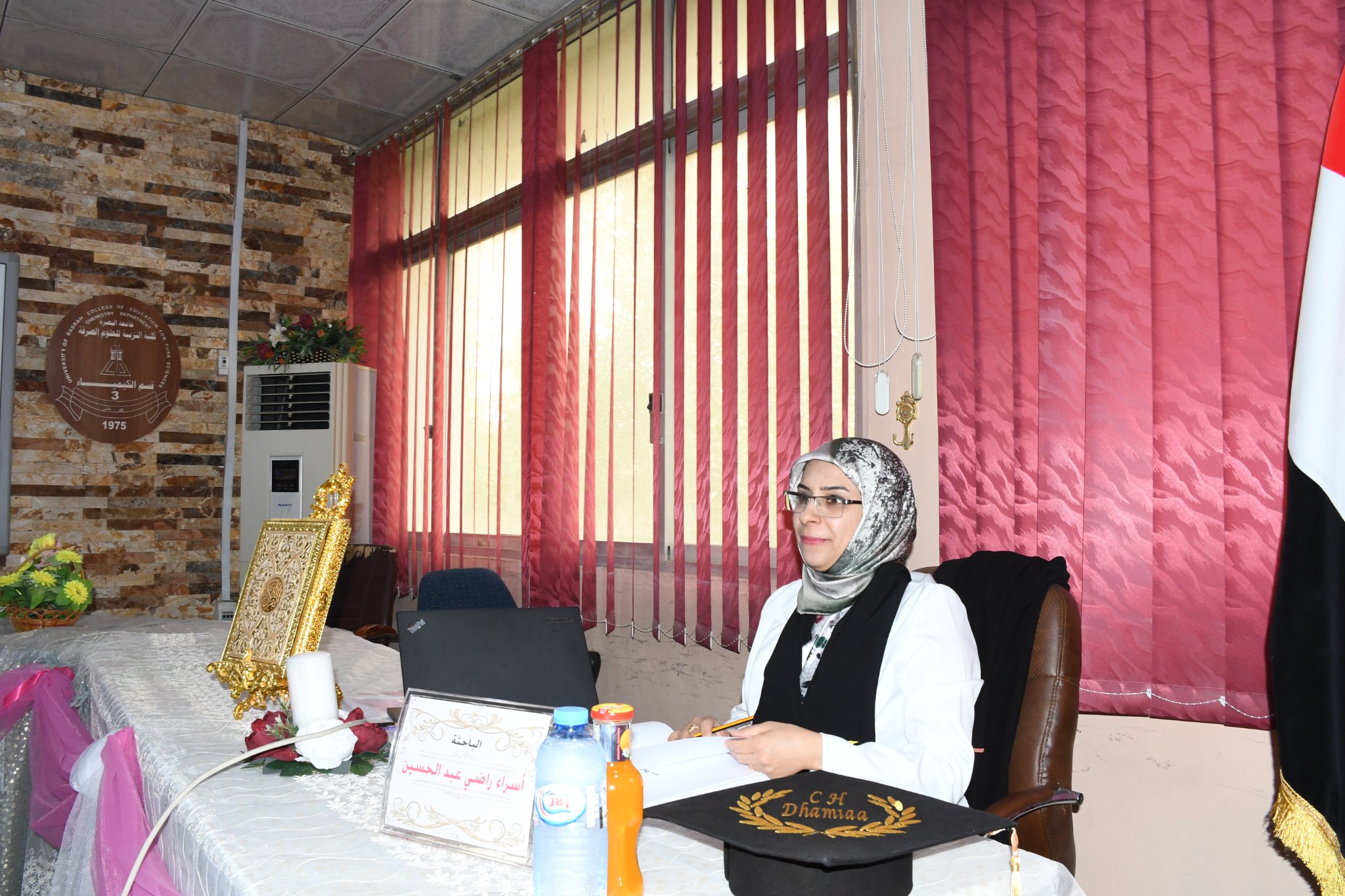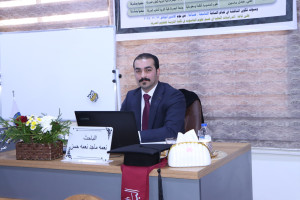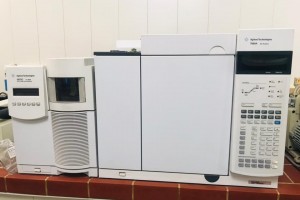
The College of Education for Pure Sciences at the University of Basra discussed a master’s thesis on the preparation and diagnosis of some new pyridine and pyrimidine derivatives and the study of their anti-cancer and anti-microbial efficacy
The thesis presented by the researcher (Israa Rady Abdel-Hussein), the current study included the reaction of 4-Nitro aniline with Ethyl acetoacetate in the coloring solvent and the use of NaOH as a catalyst, and using the Biginelli reaction, the pyrimidine derivatives P1 and P2 were prepared through the reaction of compound (A) with each of indol-3 -carboxaldehyde and piperonal respectively and Thiourea in ethanol solvent and using hydrochloric acid as a catalyst
The P3 pyrimidine derivative was also prepared by reacting Thiophene-2-carboxaldehyde with Ethyl cyanoacetate and Urea in an ethanol solvent in the presence of potassium carbonate as a catalyst.
Ch1 and Ch2 chalcones were prepared by reacting 1-Naphthaldehyde and Quinoline-2-carboxaldehyde respectively with 4-Bromoacetophenon and 4-Fluoroacetophenone in ethanol solvent and using sodium hydroxide as a catalyst. The Ch1 compound was used in preparing the pyrimidine derivative P4 by treating it with Guanidine hydrochloride in the ethanol solvent in the presence of potassium hydroxide as a catalyst.
As for oxypyridine derivative Py1, it was prepared from the reaction of Ch2 compound with ethyl cyanoacetate in the presence of glacial acetic acid and the use of ammonium acetate as a catalyst.
The oxypyridine derivative Py2 was prepared through the reaction of 4-Methylbenzaldehyde with Ethyl cyano acetate and 4-Fluoroacetophenone in n-butanol solvent in the presence of ammonium acetate as a catalyst, as shown by the following equation:
The prepared compounds were characterized by spectroscopic techniques such as FT-IR, 1H-NMR, 13C-NMR and mass spectrometry.
The activity of the prepared compounds was studied as antibacterial for gram-positive Staphylococcus aurous and gram-negative Escherichia coli. The results showed that compounds P1, P2, P3, Py1, Py2 possessed inhibitory activity against gram-positive bacteria only, while compound P4 showed the ability to inhibit positive bacteria. The negative of the cream dye.
The effectiveness of the prepared compounds was also tested as anti-hydatid cyst parasite E. granulosus, and it was noticed from the results that the compounds P1, P2, Py2 showed the highest inhibitory ratios compared to the other compounds.
The effectiveness of the prepared compounds against the growth of cancer cells was tested, as it was studied on hepatoma cells of the type HepG2 and breast cancer cells of the type MCF7, and the value of IC50 was calculated. Higher inhibition of breast cancer cells








